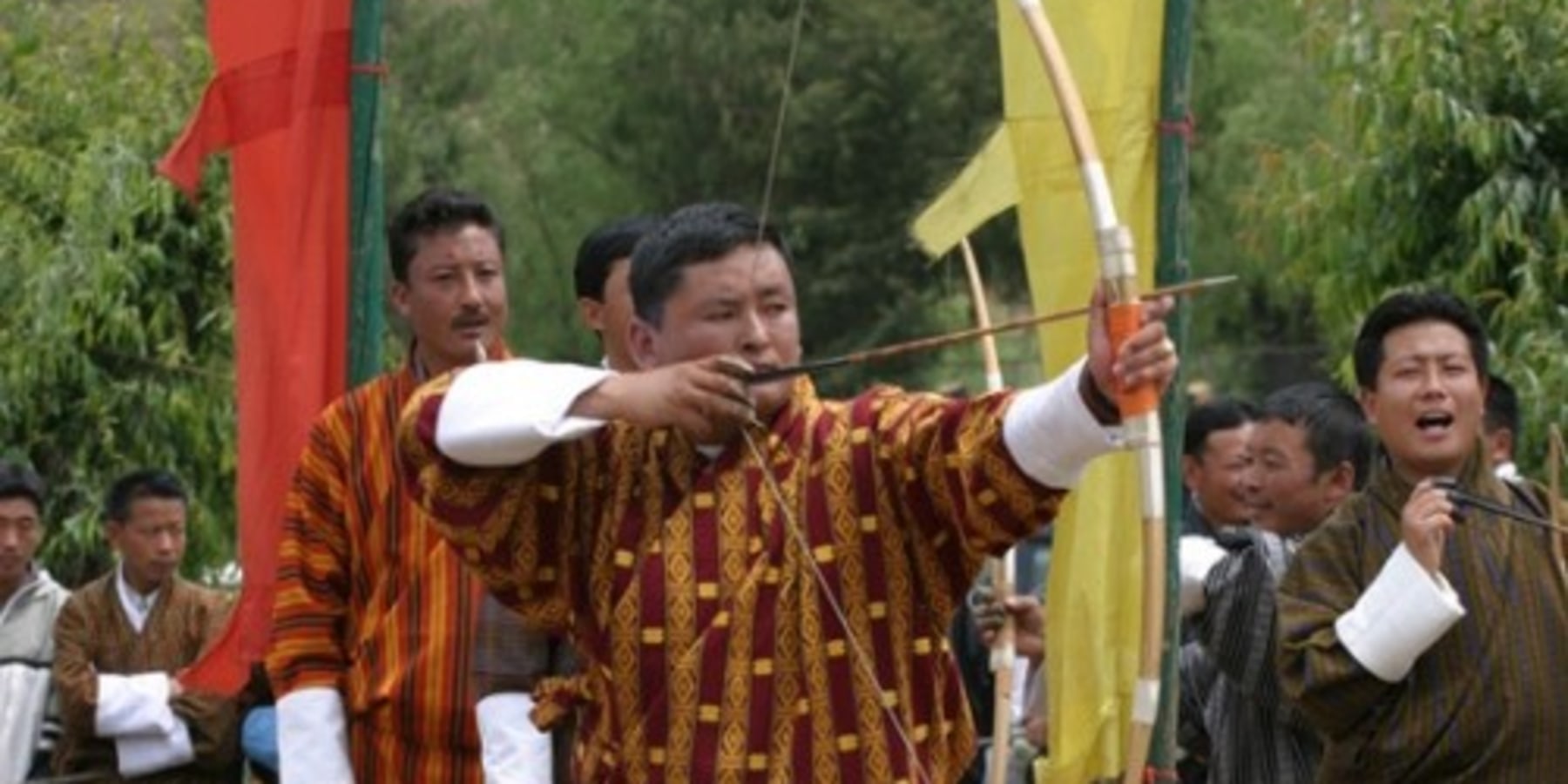
ABOUT BHUTAN
“Far away in the Himalayas lies a Kingdom called Bhutan…” This is how Joanna Lumley, a British TV comedian, introduces Bhutan in her documentary made in 1995 in which she retraces the journey made by her great grand uncle Colonel Leisley Weir in 1932 when the later was sent by British India to present an insignia to the 2nd King of Bhutan, Jigme Wangchuck.
Indeed it’s deep in the lofty ridges of the Himalayas, bordered by China (Tibet) to the north and northwest, and by the Indian states of Arunachal Pradesh, Assam, West Bengal and Sikkim on the east, south and west. How big is it? About the size of Switzerland, let’s say. Indeed the natural beauty of the two country is quite similar that some people brand Bhutan as the Switzerland of the east. What’s the size of population like? Oh, actually the country is very sparsely populated that some of you who hail from highly populated countries may feel lonely at times. It’s just a little over six hundred thousand only of which about one hundred thousand reside in the capital city of Thimphu. Now don’t you think that our company’s name reflects this lonely aspect of Bhutan?
Perhaps it’s this low population level that could be attributed to Bhutan’s natural beauty that is remaining unspoilt and responsible for taking breath away from visitors. All sorts of adjectives could be used to describe Bhutan’s natural beauty, such as lush forests, incomparable scenic beauty, sparkling lakes , unforgettable Bhutan and so on. We won’t like our visitors to waste time reading these on a PC, rather it is best left to our visitors to check out if it is really true, by being out there.
If you come across words like “Druk Yul” instead of Bhutan, do not be confused. That’s just the other name for Bhutan, got as far back as 1200 AD. It means "Land of the Thunder Dragon". Rightfully, you will see pictures or carvings of dragons everywhere – on the national flag, on podiums, on walls and so on.
You will also come across people of Nepali origin and wonder whether you are trespassing into Nepal’s territory. Well, actually we have a sizable portion of our population composed of these people. They mostly live in the southern foothills. They were welcomed by the Bhutanese in the 1900s from Nepal to stay in the foothills and tame the otherwise wild subtropical jungles teeming with leeches and mosquito which the northern Bhutanese dreaded. Today they add yet another diversity of Bhutan’s mulch-lingual characteristic.

